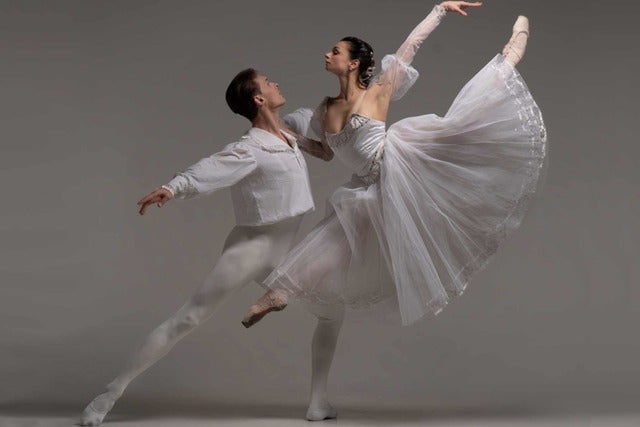The Saturday May 4 matinee of "Romeo and Juliet" was well worth enduring the infuriating tangle on the Eisenhower. The opening sequence paid a kind of ironic homage to "West Side Story" with its double circles of restless young people, looking for trouble, evoking the "dance at the gym" in Bernstein's musical. Ms. Daly danced an evanescent Juliet, who, in her gray or mauve slip dresses, evoked a wisp of smoke more than a flesh-and-blood human being. Her Romeo was an eloquent dancer, tender and boyishly masculine. The most powerful scene for me was the one in which Fabrice Clamels, bringing his ferocious presence to the stage as the senior Capulet, pushes his daughter off on to Paris, and when she runs to her obdurate mother and begs not to marry, he recaptures her and flings her back to the Count. In Act Three, Romeo's dance with what he thought to be the dead body of Juliet was initially off-putting, but it became a gorgeous metaphor of grief. I'm not sure that the projections of 20th century Rome added what the artistic director had in mind. One shot, a Ben-Shahn-like receding street scene, empty and sterile, was effective, but the rest seemed like visual clutter. In this ballet, as in so many dramatic performances, Mercutio steals just about every scene he's in, and the audience made their enjoyment clear at the curtain calls. The score is complex and demanding, and the orchestra was at its best for this stunning performance.

